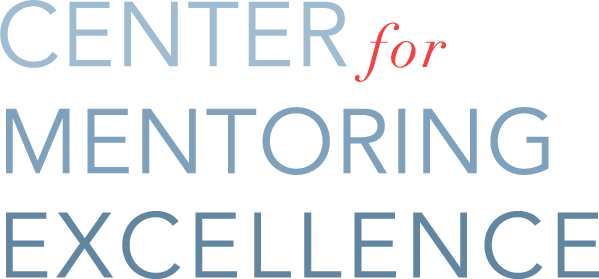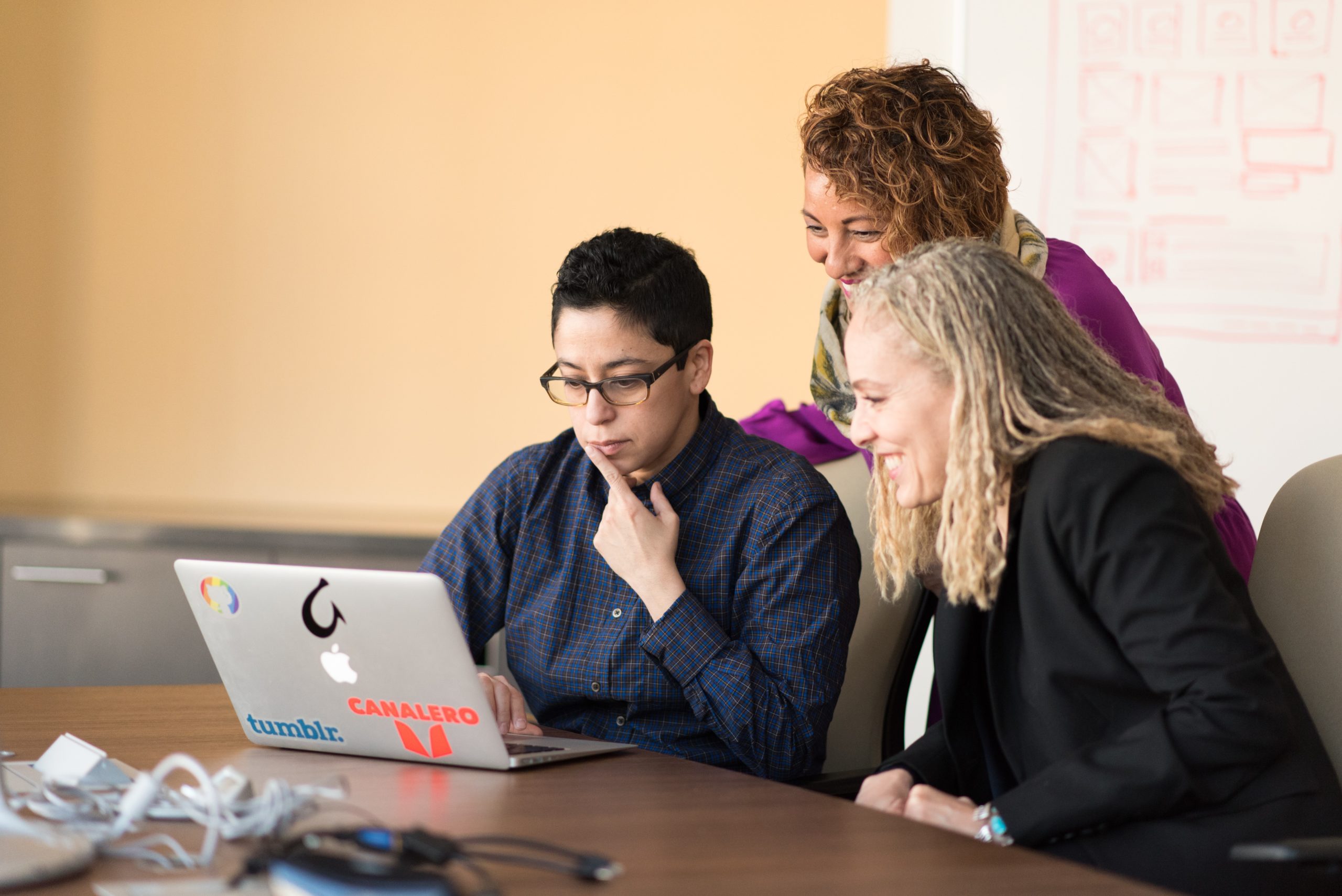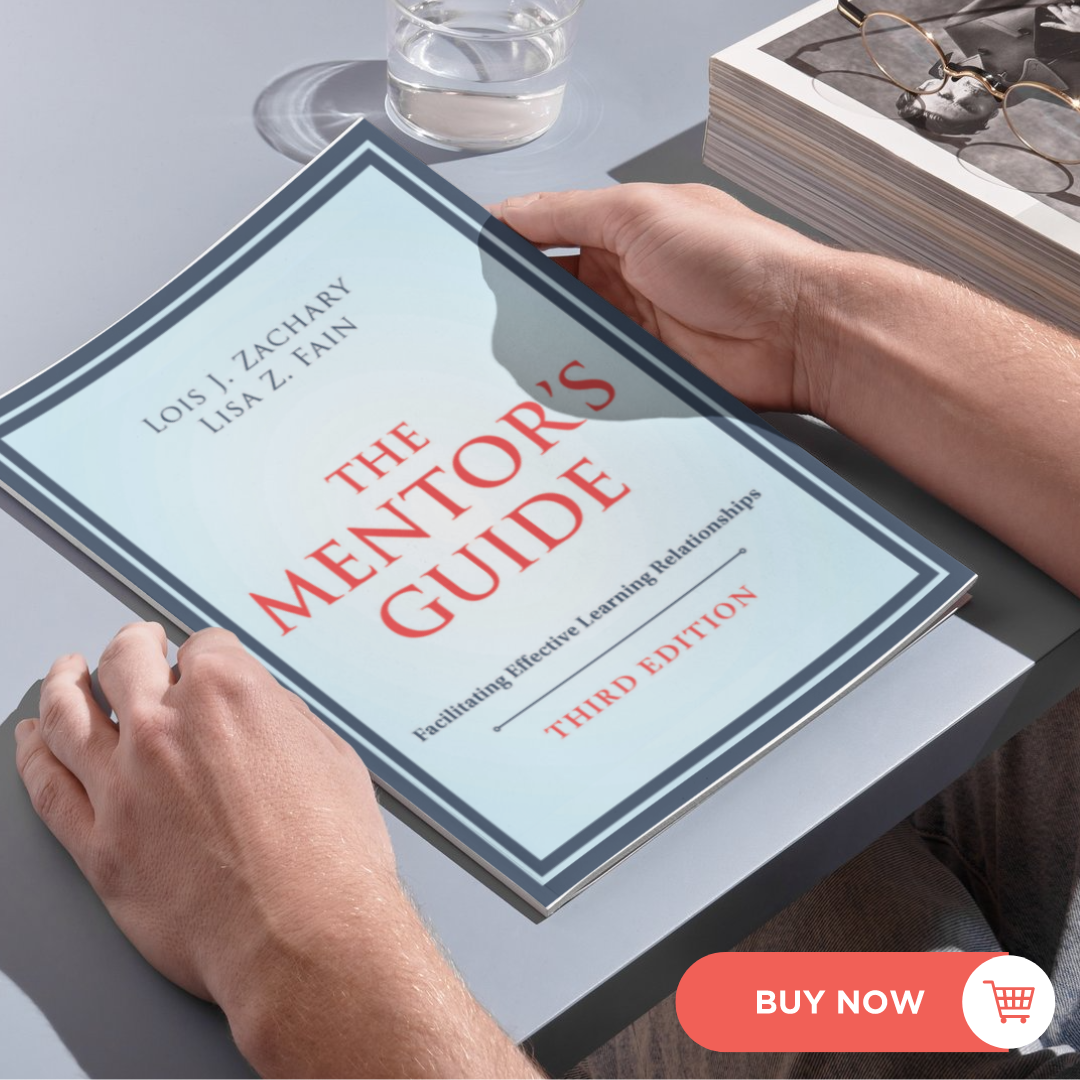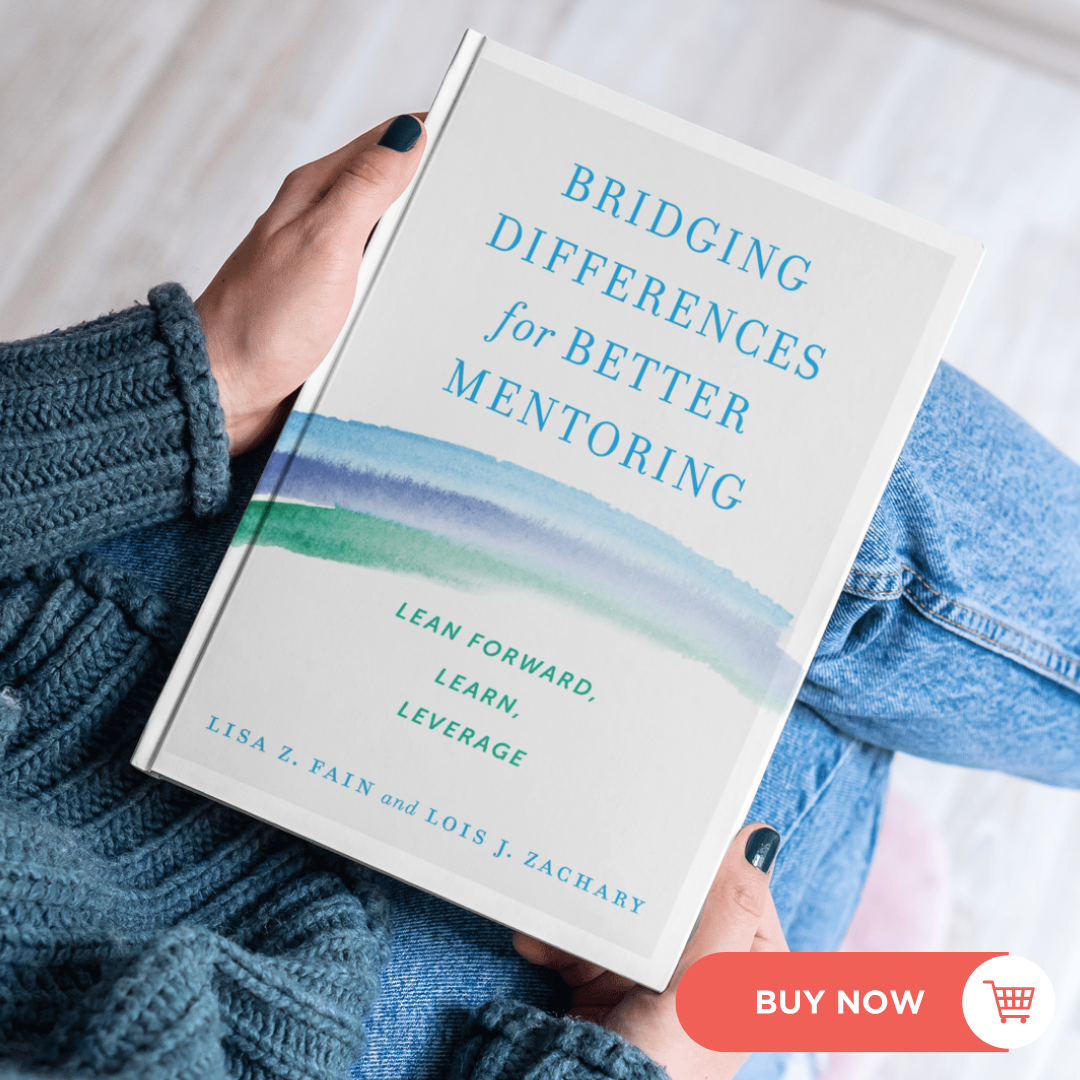A Tale of the Three Mindsets
I’ve been thinking about mindset a lot lately. Partly in an attempt to prove to myself that I can be disciplined and partly in an attempt to set my own health and fitness routines, I just completed a 75-day challenge that required twice-a-day workouts, following a diet, and drinking a gallon of water a day. When I began the challenge, I wasn’t sure I could finish it because I thought I lacked the discipline I needed. After all, my track record at sticking to new programs wasn’t great. I often started strong, but found a reason a week or two for why I couldn’t continue. The truth was, I never really believed I could develop the discipline I needed. When I finished the challenge, I realized that it wasn’t a matter of discipline that got me through – it was a matter of mindset.
In her frequently-cited book In her frequently-cited book Mindset: The New Psychology of Success, Carol Dweck described two kinds of mindsets, a fixed mindset and a growth mindset. A fixed mindset—a belief that your strengths are fully developed and not subject to change – is what kept me stuck in the past to the story I told myself that I could never be disciplined. I’d told myself “I just don’t have it in me.” described two kinds of mindsets, a fixed mindset and a growth mindset. A fixed mindset—a belief that your strengths are fully developed and not subject to change – is what kept me stuck in the past to the story I told myself that I could never be disciplined. I’d told myself “I just don’t have it in me.”
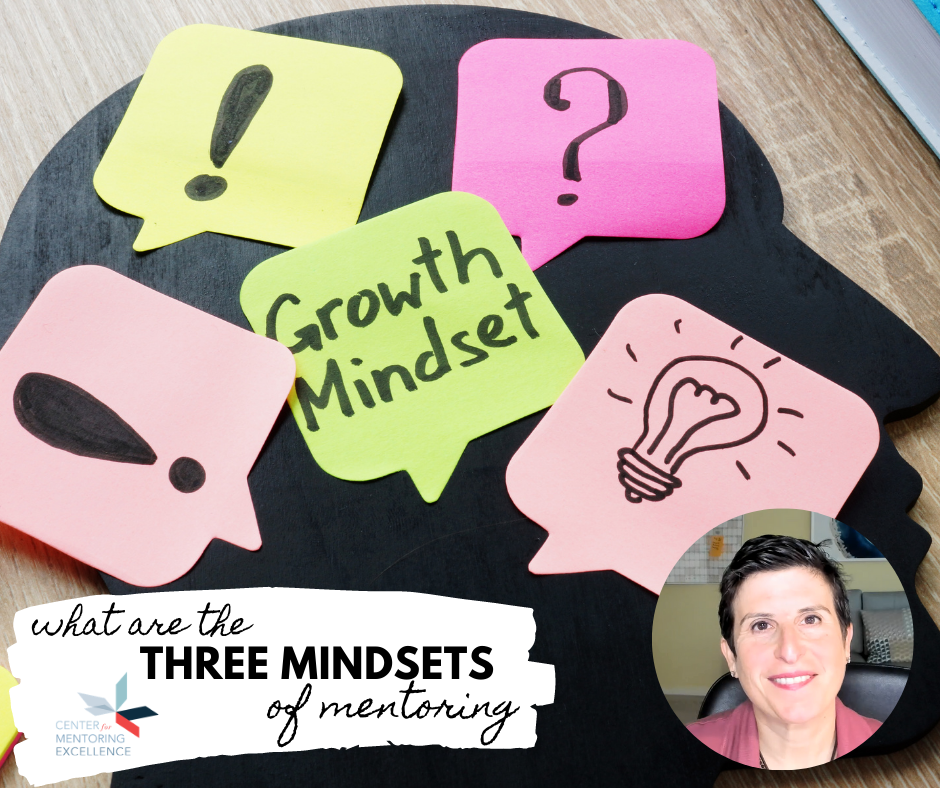
During my 75-day challenge, I let that fixed mindset go, in favor of what Dweck calls a “growth mindset” – a belief that one’s abilities can be developed through dedication and hard work. I thought of each day as a new opportunity to learn discipline, and one day at a time got through the challenge until my old story didn’t work anymore.
So, how does this relate to mentoring? In mentoring, mindset is critical to continued success. Our mindsets determine our approaches, interpretations and responses to a situation. There are three mindsets that are helpful for mentees .
A Growth Mindset
Recognizing that you can grow and learn and develop into the person you want to be is essential to growth. Approaching mentoring with a growth mindset means you believe:
I can learn something new. You must believe in your ability to grow.
I can imagine getting good at something. You must be able to visualize becoming the person you want to be.
My strengths and weaknesses aren’t fixed. You must be willing to step into possibility.
A Beginner’s mindset
There is a Japanese concept called Shoshin, which means “beginner’s mind.” Shoshin requires that you:
- Are open to learn. Just as you would if you showed up to learn a new skill, it is important you are open to learning from and with your mentor.
- Are eager to learn and excited to see what will happen when you learn. A sense of enthusiasm makes a big difference.
- Let go of preconceptions about what it takes to become an expert at something. Part of being a beginner is being willing to challenge your expectations and to face what you don’t know you don’t yet know.
A Mentoring mindset
Linda J. Searby of the University of Florida has identified a “Mentoring Mindset” a series of attributes of successful mentees. Having a mentoring mindset means you:
- Have a learning orientation. American author Brian Herbert said “The capacity to learn is a gift; the ability to learn is a skill; the willingness to learn is a choice.”
- Take initiative. A mentoring mindset requires that a mentee take ownership of their own learning and ask for what they need.
- Are goal-oriented. This means you identify and work towards your goals.
- Show relational skills. Mentoring is as much about the relationship as it is about the learning. To develop a mentoring mindset, you must invest in building a relationship with your mentor.
- Reflect on your learning. Take the time do a self assessment, learn from your mistakes and share your insight with your mentor.
Discipline is developed after mindset – not the other way around. Focusing first on mindset will set you up for success in your mentoring relationships.
